Home>diy>Architecture & Design>How Did George Washington Design The House He Lived In During Most Of His Presidency?
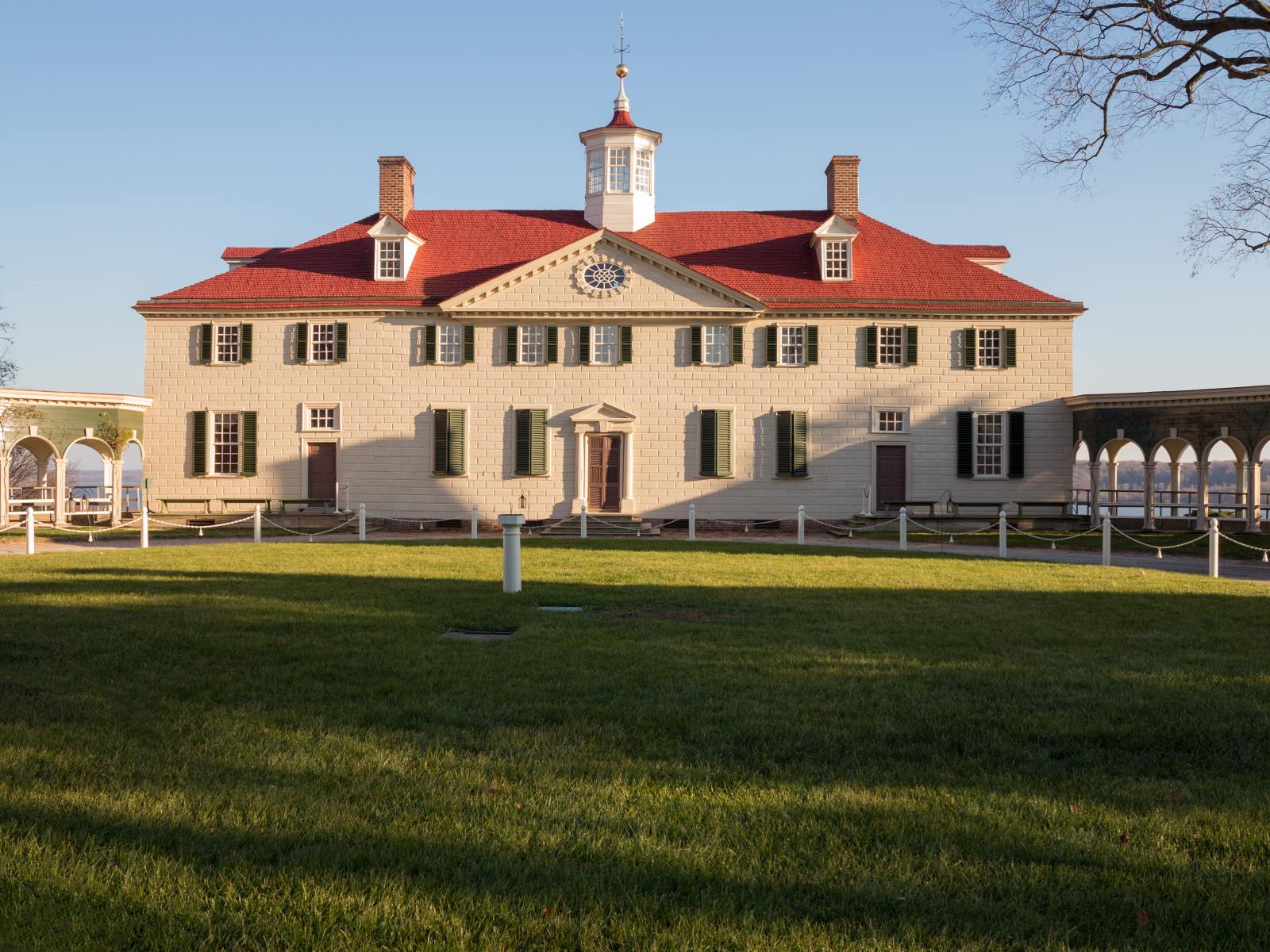

Architecture & Design
How Did George Washington Design The House He Lived In During Most Of His Presidency?
Modified: January 9, 2024
Discover how George Washington utilized his architectural design skills to create the residence where he resided throughout his presidency, showcasing his passion for architecture and design.
(Many of the links in this article redirect to a specific reviewed product. Your purchase of these products through affiliate links helps to generate commission for Storables.com, at no extra cost. Learn more)
Introduction
George Washington, the first President of the United States, is known for his significant accomplishments in politics and military leadership. However, his influence extended beyond these fields and into architecture and design. During most of his presidency, Washington resided in a house that he personally designed, showcasing his impeccable taste and attention to detail.
In this article, we will delve into the fascinating story of how George Washington designed the house that he lived in during most of his presidency. From the early life and education of Washington to the architectural style and construction process of his house, we will explore the intricate details that made this residence so unique.
Join us on this journey through history as we uncover the story behind George Washington’s architectural legacy and the design choices that shaped his presidential home.
Key Takeaways:
- George Washington’s meticulous design of his presidential residence reflected his deep passion for architecture, blending classical influences with personal touches to create a symbol of the young nation’s ideals and aspirations.
- Washington’s architectural legacy extends beyond politics, showcasing his multifaceted talents and commitment to excellence. His house stands as a testament to his visionary leadership and enduring impact on American history.
Early Life and Education of George Washington
Before delving into the design of George Washington’s house during his presidency, it’s important to understand the early life and education that shaped his architectural sensibilities.
George Washington was born on February 22, 1732, in Westmoreland County, Virginia. As a young boy, he showed a keen interest in mathematics, geometry, and the natural world. These early curiosities played a significant role in fostering his passion for architecture and design.
Washington’s formal education was limited, as he only received a few years of schooling. However, he compensated for this by eagerly educating himself through books, particularly those on architecture and engineering. His dedication to self-improvement and continuous learning allowed him to develop a deep understanding of architectural principles.
Moreover, Washington’s military experience played a crucial role in shaping his architectural sensibilities. His strategic thinking and attention to detail on the battlefield naturally translated into his approach to design. Military fortifications and battlefield logistics often involve intricate planning and precise execution, skills that Washington carried over into his architectural endeavors.
Throughout his life, Washington admired the classical architectural styles of ancient Rome and Greece. He recognized the enduring beauty and grandeur of these styles and sought to incorporate them into his own designs.
Washington’s exposure to different architectural styles during his travels further broadened his design perspectives. His visits to cities like Philadelphia, New York, and Charleston exposed him to various architectural trends and inspired him to experiment with different design elements.
With a deep-rooted passion for architecture and design and a restless desire to learn and explore, Washington was well-prepared to embark on his journey to design his own house, a reflection of his unique vision and taste.
The Selection of a House for Washington’s Presidency
When George Washington was elected as the first President of the United States in 1789, he faced the task of finding a suitable residence for his time in office. The selection process involved careful consideration of various factors, including location, size, and suitability for hosting diplomatic events.
Washington initially considered several existing houses in and around Philadelphia, the temporary capital of the United States at the time. However, after careful evaluation, he concluded that these options did not meet his requirements. Therefore, he decided to design and build his own house, giving him full control over its layout and design.
One of the key criteria for selecting a location was its proximity to the city center and government buildings. Washington wanted his residence to be conveniently located, allowing him to fulfill his presidential duties effectively. Eventually, he chose a site on Market Street, between 6th and 7th Streets, which provided the perfect location for his presidential dwelling.
The size of the house was another crucial consideration. Washington needed a residence that was not only comfortable for his family but also capable of accommodating diplomats, dignitaries, and guests during official functions. He envisioned a grand yet functional house that would serve as a symbol of the new nation, projecting its ideals and aspirations to the world.
With these factors in mind, Washington set out to design a house that would embody the elegance, grace, and strength befitting the leader of a nation.
Little is known about the specific architectural plans and design process for Washington’s house. However, it is believed that he drew inspiration from various architectural styles, incorporating elements of Georgian and Federalist designs. Washington’s personal preferences for classical architectural elements and symmetry likely influenced the overall design of the house.
Although Washington himself played a significant role in the design process, he also sought the assistance of renowned architect James Hoban, who had experience designing public buildings in Philadelphia at the time. Hoban’s expertise and Washington’s vision merged seamlessly, resulting in a house that would become an iconic symbol of the presidency.
With the location chosen and the design taking shape, construction on Washington’s presidential residence began, marking the start of a remarkable architectural journey that would leave a lasting impact on American history.
Architectural Style and Influences
The architectural style of George Washington’s house during his presidency was influenced by several factors, including his personal taste, the prevailing architectural trends of the time, and the desire to create a symbolic representation of the new nation.
One predominant style that influenced Washington’s design choices was Georgian architecture. This architectural style, popular in the 18th century, was characterized by symmetrical facades, balanced proportions, and classical details. Washington admired the elegance and timeless appeal of the Georgian style, incorporating many of its features into his design.
Another significant influence on Washington’s architectural style was the Federalist movement. The Federalist style emerged in the late 18th century as a response to the neoclassical revival, drawing inspiration from ancient Roman and Greek architecture. Federalist buildings often featured grand entrances, elaborate moldings, and classical details such as columns and pediments. Washington, a proponent of the Federalist movement, utilized these design elements to create a sense of grandeur and dignity in his presidential residence.
Furthermore, Washington’s exposure to European architecture during his travels also left a lasting impact on his design choices. During his visits to countries like France and England, Washington was exposed to the neoclassical designs of architects such as Andrea Palladio and Christopher Wren. These influences can be seen in the symmetrical layout, classical features, and refined proportions of his house.
Washington’s house also incorporated elements of vernacular architecture, reflecting the local building traditions of the time. The use of materials such as brick and wood, along with the practical floor plan, showcased an appreciation for simplicity and functionality.
Overall, Washington’s architectural style can be described as a blend of Georgian, Federalist, and neoclassical influences, with a touch of local vernacular design. This unique combination resulted in a residence that exuded elegance, sophistication, and patriotism.
Moreover, Washington’s architectural choices were not just for aesthetic purposes. They were also designed to convey symbolic meanings. The symmetry and balance of the design represented the order and harmony of the young nation. The use of classical details and proportions evoked a sense of authority and legitimacy, highlighting the importance of the presidency and the role of the United States on the world stage.
By carefully selecting architectural styles and incorporating symbolic elements, Washington was able to create a house that not only fulfilled his practical needs but also reflected the values and aspirations of the new nation.
The Construction Process
The construction of George Washington’s presidential residence was a meticulous and complex process that involved skilled craftsmen, attention to detail, and the use of quality materials.
The construction began in 1792 with the laying of the foundation. Washington chose to use locally sourced materials, including bricks made from clay found in the region. This decision not only supported the local economy but also added a sense of authenticity to the house.
The construction process involved a team of talented craftsmen who brought Washington’s vision to life. Skilled masons, carpenters, and plasterers worked diligently to create a structurally sound and visually appealing house.
One of the notable features of Washington’s house was the use of wooden paneling in many of the rooms. Skilled carpenters meticulously crafted and installed these panels, creating a sense of warmth and elegance in the interiors.
Additionally, the house featured intricate plasterwork, with ornamental details adorning the ceilings and walls. Plasterers employed their expertise to create decorative moldings, rosettes, and other intricate patterns, adding a touch of grandeur to the house.
The construction process also involved the installation of various architectural elements, such as columns, pediments, and porticos. These classical features were carefully crafted and positioned to enhance the overall aesthetic appeal of the house.
Washington closely supervised the construction process, regularly visiting the site to ensure that his design specifications were met. He paid meticulous attention to even the smallest details, ensuring that every aspect of the house was executed according to his vision.
Throughout the construction process, Washington faced challenges and made adjustments to the original plans. Changes were made to the layout and design based on practical considerations and evolving needs. Washington’s adaptability and willingness to make modifications ensured that the final result was a house that seamlessly blended his original vision with the realities of construction.
After several years of dedicated effort, Washington’s presidential residence was finally completed in 1797. The house stood as a testament to his meticulousness and commitment to creating a residence that exemplified the prestige and dignity of the presidency.
The construction process not only yielded an architectural masterpiece but also served as a reflection of George Washington’s dedication to excellence and his desire to leave a lasting legacy through design.
George Washington designed the house he lived in, known as the President’s House or the Executive Mansion, with the help of architect James Hoban. The design was influenced by neoclassical architecture and included features such as a central staircase and grand reception rooms.
Interior Design and Furnishings
The interior design and furnishings of George Washington’s presidential residence were carefully chosen to reflect his sophisticated taste and create a welcoming yet dignified ambiance.
Upon entering the house, visitors were greeted by an impressive entrance hall featuring a sweeping staircase. This grand entrance set the tone for the rest of the house and showcased Washington’s penchant for elegance and grandeur.
The rooms of the house were adorned with exquisite furniture and decorative elements. Washington sought the services of skilled craftsmen to create custom-made furniture pieces that complemented the architectural style of the house. The furniture featured classic designs, such as Chippendale and Hepplewhite, known for their refined details and graceful curves.
The walls of the rooms were decorated with tasteful wallpaper, featuring intricate patterns and designs. Washington favored wallpapers imported from Europe, which showcased his appreciation for quality and luxury.
The windows were dressed with elaborate curtains and draperies, made from fine fabrics such as silk and damask. These luxurious window treatments not only enhanced the aesthetics of the rooms but also provided privacy and insulation.
Washington believed in creating a functional and comfortable living space. The rooms were designed with practicality in mind, incorporating features such as fireplaces for warmth and coziness during the colder months.
Washington’s keen eye for detail extended to the choice of artwork and decorative objects that adorned the walls and surfaces. Paintings, sculptures, and decorative vases were carefully selected to add beauty and cultural significance to the interior spaces.
The dining room was a focal point of the house, designed to accommodate both formal and informal gatherings. It featured an elegant dining table, surrounded by chairs with intricate carvings and upholstered seats.
Throughout the house, lighting was an essential aspect of the design. Chandeliers, sconces, and candlesticks provided both practical illumination and a touch of glamour to the rooms. Washington recognized the importance of proper lighting in setting the desired ambiance and enhancing the overall mood of the house.
In keeping with his preference for symmetry and balance, Washington ensured that the interior design and furnishings were meticulously arranged. Every element was carefully placed to create a harmonious and visually appealing environment.
Washington’s attention to detail and his commitment to creating a well-appointed and tastefully decorated interior resulted in a residence that exuded refinement and elegance. The interior design and furnishings of his presidential residence not only reflected his personal style but also showcased the sophistication and cultural aspirations of the young nation he led.
Exterior Features and Landscaping
The exterior of George Washington’s presidential residence was adorned with architectural features and meticulously designed landscaping, emphasizing the grandeur and beauty of the house.
One of the striking features of the house was its elegant façade. The exterior was characterized by symmetrical proportions, balanced window placements, and classical architectural details. The use of classical elements, such as columns, pediments, and pilasters, added a sense of grandeur and dignity to the exterior design.
The landscaping surrounding the house was carefully planned to enhance the overall aesthetic appeal. Washington himself took a keen interest in the landscaping, ensuring that it harmonized with the architectural style and complemented the natural surroundings.
The grounds of Washington’s residence were meticulously maintained, with carefully tended lawns, gardens, and pathways. Washington appreciated the beauty of the natural world and sought to create a tranquil and picturesque environment around his house.
Washington’s love for gardening was evident in the variety of plants and flowers that adorned the grounds. The gardens were meticulously laid out, featuring a combination of vibrant blooms, evergreen shrubs, and neatly trimmed hedges. The colors and scents of the flowers added a touch of beauty and serenity to the outdoor spaces.
To frame the house and enhance its visual impact, Washington planted trees strategically around the property. These trees provided shade, added depth to the landscape, and created a sense of privacy. The careful placement of the trees also strengthened the overall composition of the exterior design.
In addition to the gardens and trees, Washington incorporated other exterior features to enhance the functionality and beauty of the house. A spacious portico provided shelter and served as an impressive entrance to the residence. Balconies and verandas offered outdoor spaces for relaxation and enjoyment of the surrounding views.
The exterior features and landscaping of Washington’s presidential residence were not only aesthetic but also practical. They created a welcoming and pleasing environment, serving as a backdrop for official gatherings, events, and other social occasions.
Overall, Washington’s attention to detail and his vision for the exterior design and landscaping resulted in a harmonious integration of architecture and nature. The exterior features and landscaping of his residence showcased his appreciation for beauty, his understanding of the importance of a well-designed outdoor space, and his desire to create an inviting and dignified home for his presidency.
Washington’s Personal Touches and Modifications
While George Washington worked with skilled architects and craftsmen to design and construct his presidential residence, he also incorporated his personal touches and made modifications to ensure the house reflected his preferences and needs.
One of the notable modifications Washington made was the addition of a cupola to the house. A cupola is a small dome-shaped structure that sits on top of a building. Washington added this architectural feature as a personal touch, not only for aesthetic purposes but also to improve ventilation and provide natural light to the interior spaces.
Furthermore, Washington made changes to the interior layout to suit his specific requirements. He modified the original plans for the second floor, altering certain room dimensions and functions. These adjustments allowed for better flow and functionality within the house, enabling Washington to efficiently carry out his presidential duties.
Washington also brought his personal taste and style to the furnishings and decorations of the house. He carefully selected artwork, furniture, and decorative objects that reflected his personal interests and preferences. Washington’s collection included portraits of prominent figures, landscapes, and historical scenes that held significance for him.
In addition to these personal touches, Washington made modifications to the grounds surrounding the house. He expanded and improved the landscape, ensuring it met his vision for a beautiful and serene environment. Washington planted additional trees, expanded the gardens, and added pathways that connected the different areas of the property.
Moreover, Washington had a deep appreciation for military architecture, which influenced his decisions regarding security and defense. He made sure the house had appropriate measures in place to protect both the occupants and the important documents and artifacts housed within.
Washington’s attention to detail extended beyond aesthetics and functionality. He constantly sought to improve and refine the design and layout of the house. Throughout his presidency, he made numerous adjustments and modifications to impeccably align the residence with his vision and needs.
These personal touches and modifications further emphasized the intimate connection between George Washington and his presidential residence. They showcased his meticulous nature, unique preferences, and commitment to creating a home that truly represented himself and the nation he led.
Conclusion
George Washington’s design and architecture expertise extended beyond politics and military leadership. Through the design of his presidential residence, he left a lasting architectural legacy that reflected his personal taste, attention to detail, and commitment to excellence.
From the early influences of classical architecture to his practical modifications and personal touches, Washington’s house showcased a harmonious blend of architectural styles and his unique vision. The exterior features and landscaping created a grand and inviting environment, while the interior design and furnishings exuded elegance and sophistication.
The construction process was marked by meticulous planning and the involvement of skilled craftsmen who transformed Washington’s vision into reality. Every aspect of the house, from the structural elements to the decorative details, was carefully considered and executed with precision.
Washington’s house not only served as a residence but also as a symbol of the young nation’s ideals and aspirations. The architectural style, interior design, and landscaping all conveyed a sense of authority and dignity befitting the presidency.
Furthermore, Washington’s personal touches and modifications added a unique touch of his personality and preferences to the residence, making it truly his own. These modifications ensured that the house was not just a static structure but a living space that adapted to his needs and reflected his evolving vision.
Today, the architectural design and legacy of George Washington’s presidential residence continue to inspire and captivate. The combination of classical influences, meticulous construction, and personal touches creates an enduring testament to Washington’s commitment to excellence and his desire to leave a lasting mark on American history.
As we reflect on the incredible story of how George Washington designed the house he lived in during most of his presidency, we gain a deeper appreciation for his multifaceted talents. His architectural achievements further solidify his status as a visionary leader who shaped not only the political landscape but also the physical environment of the new nation.
George Washington’s house remains an emblem of his extraordinary legacy, preserving the memory of a leader whose impact extended far beyond the realm of politics and into the world of design and architecture.
Frequently Asked Questions about How Did George Washington Design The House He Lived In During Most Of His Presidency?
Was this page helpful?
At Storables.com, we guarantee accurate and reliable information. Our content, validated by Expert Board Contributors, is crafted following stringent Editorial Policies. We're committed to providing you with well-researched, expert-backed insights for all your informational needs.
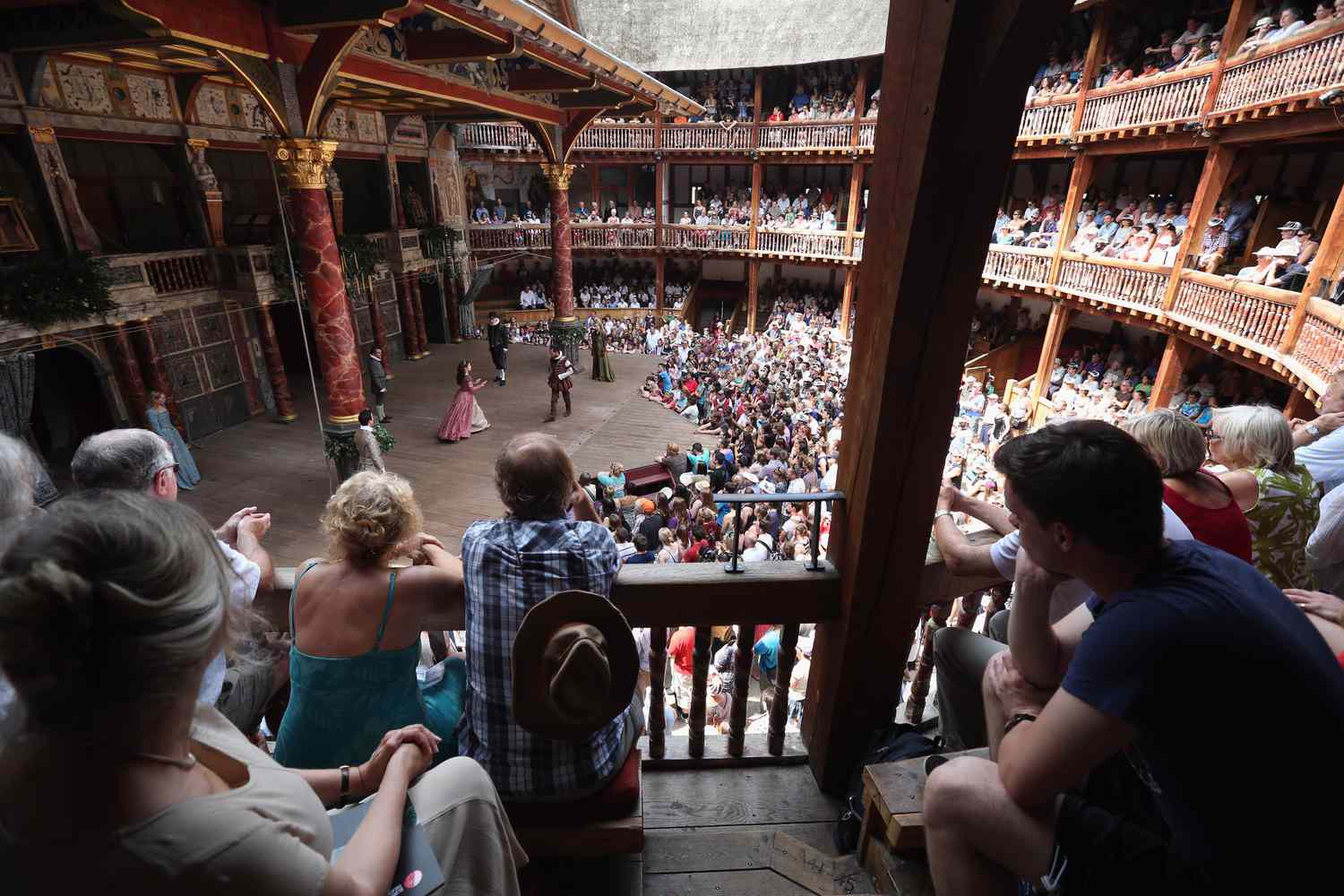
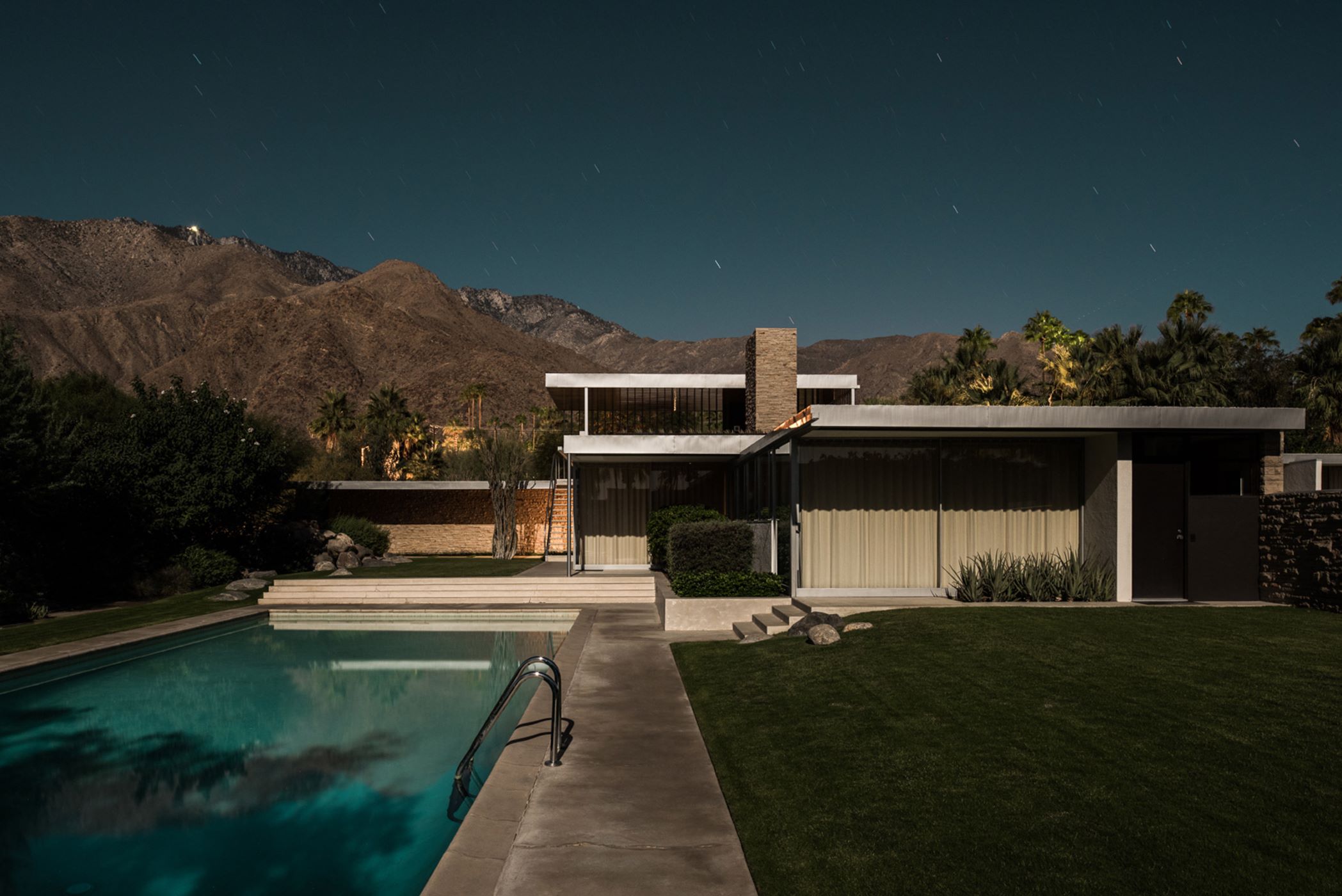

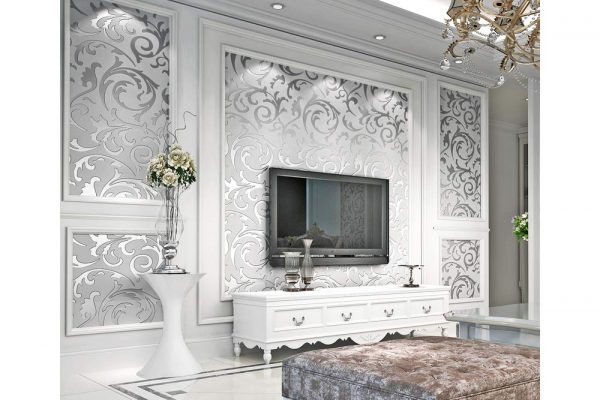


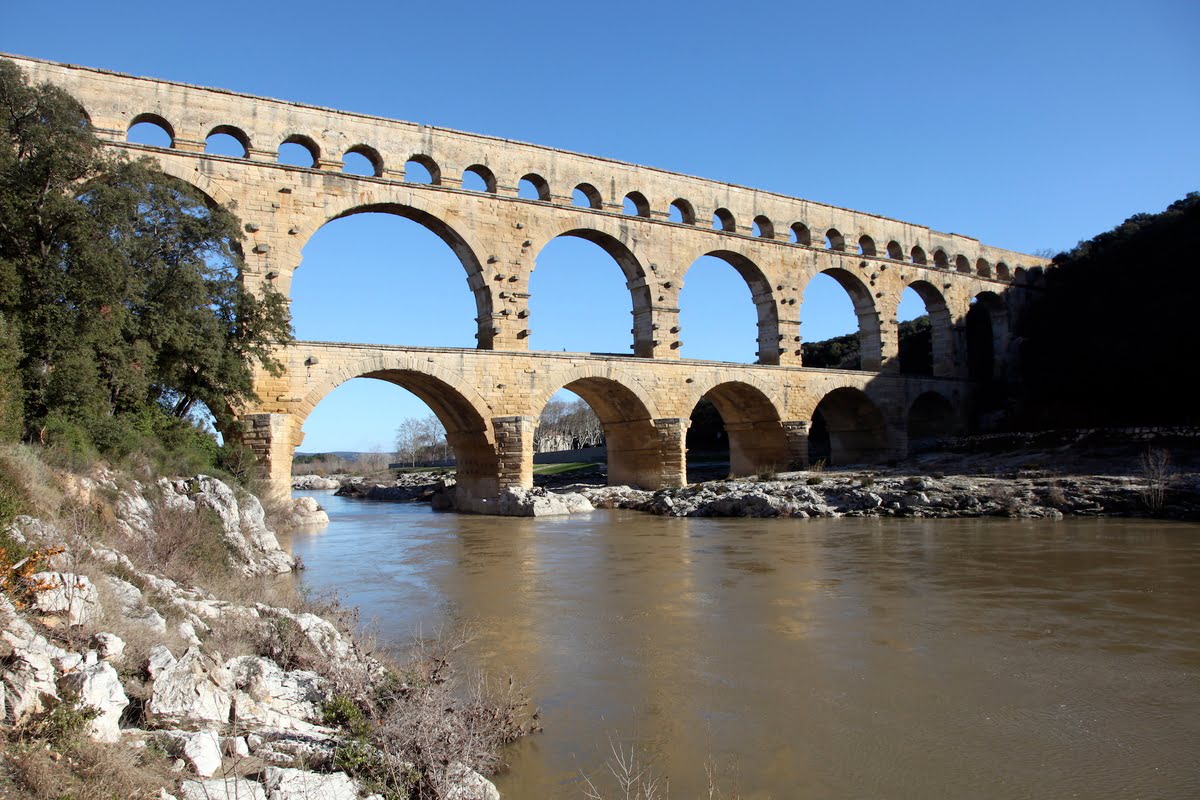
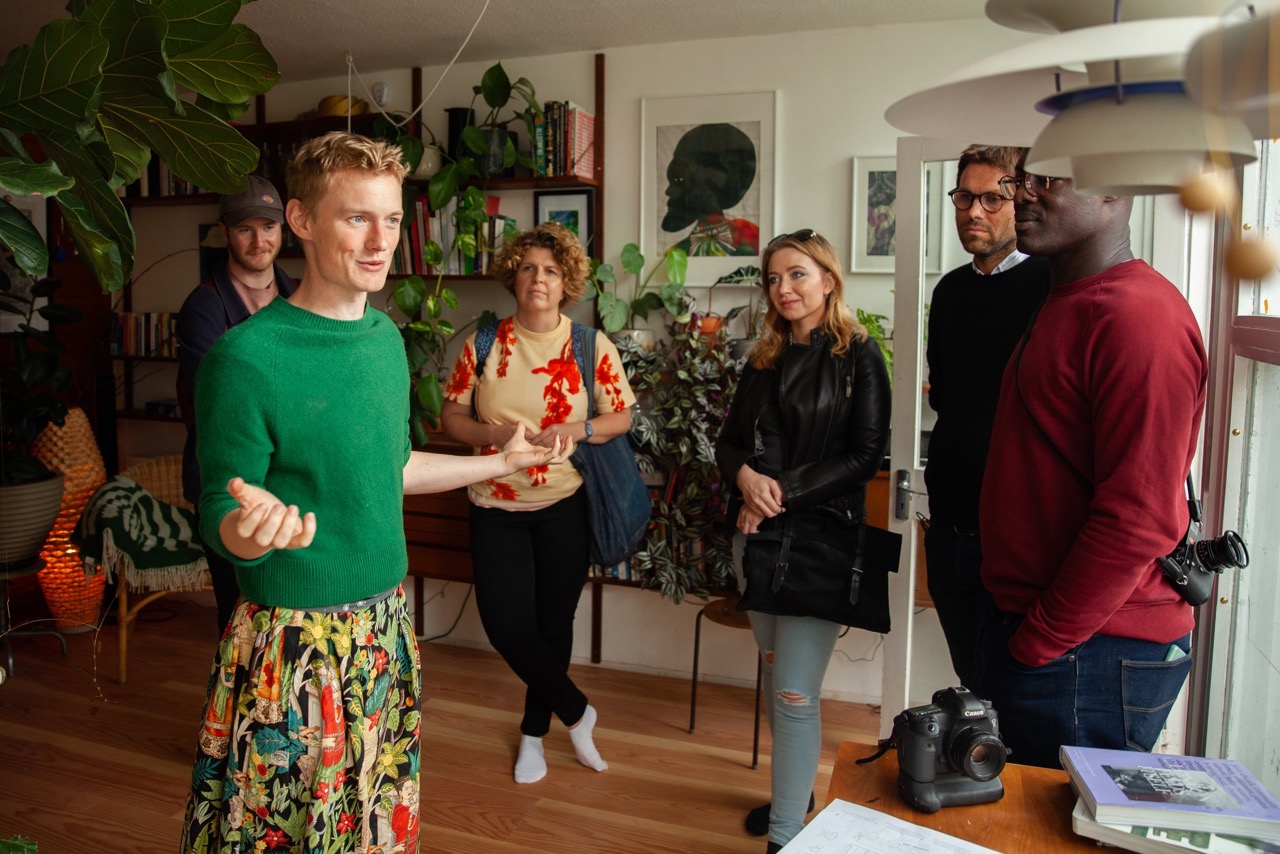
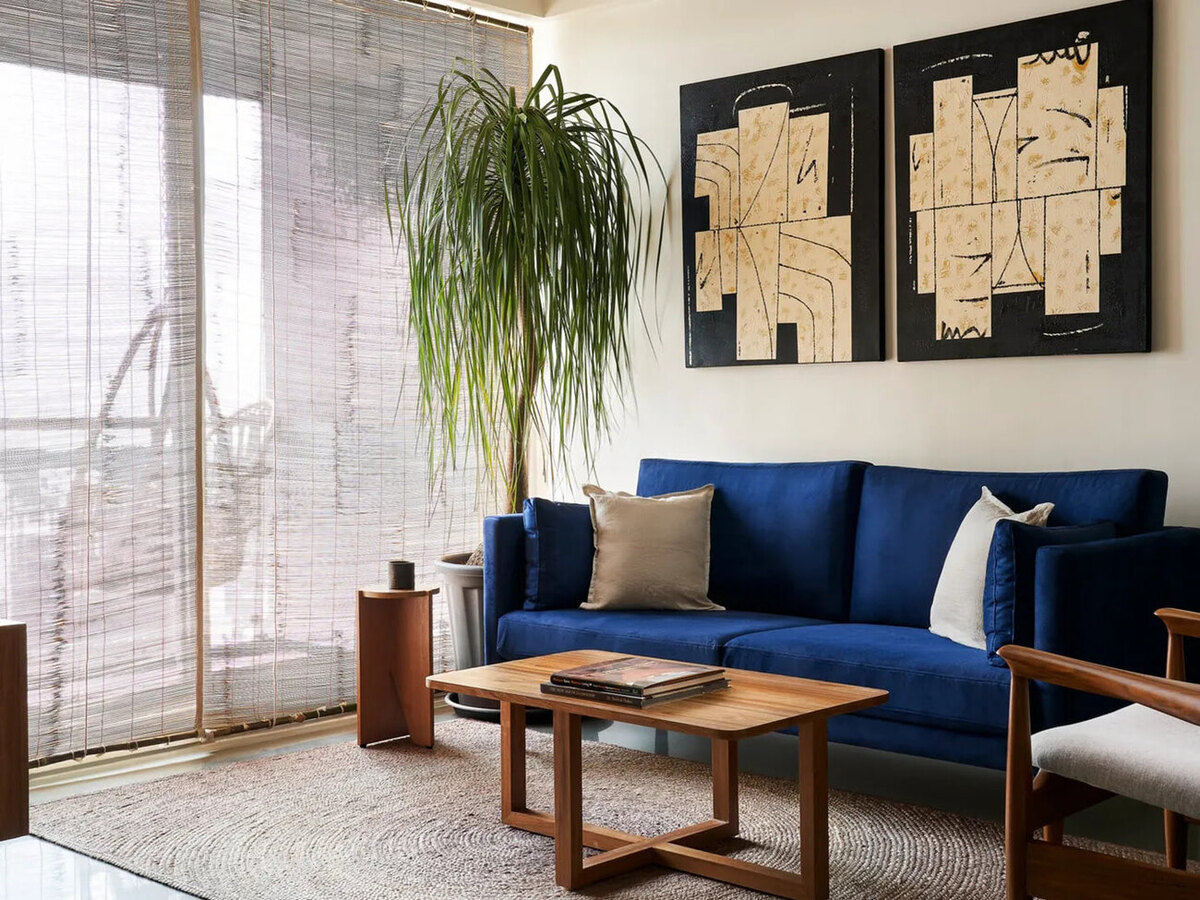
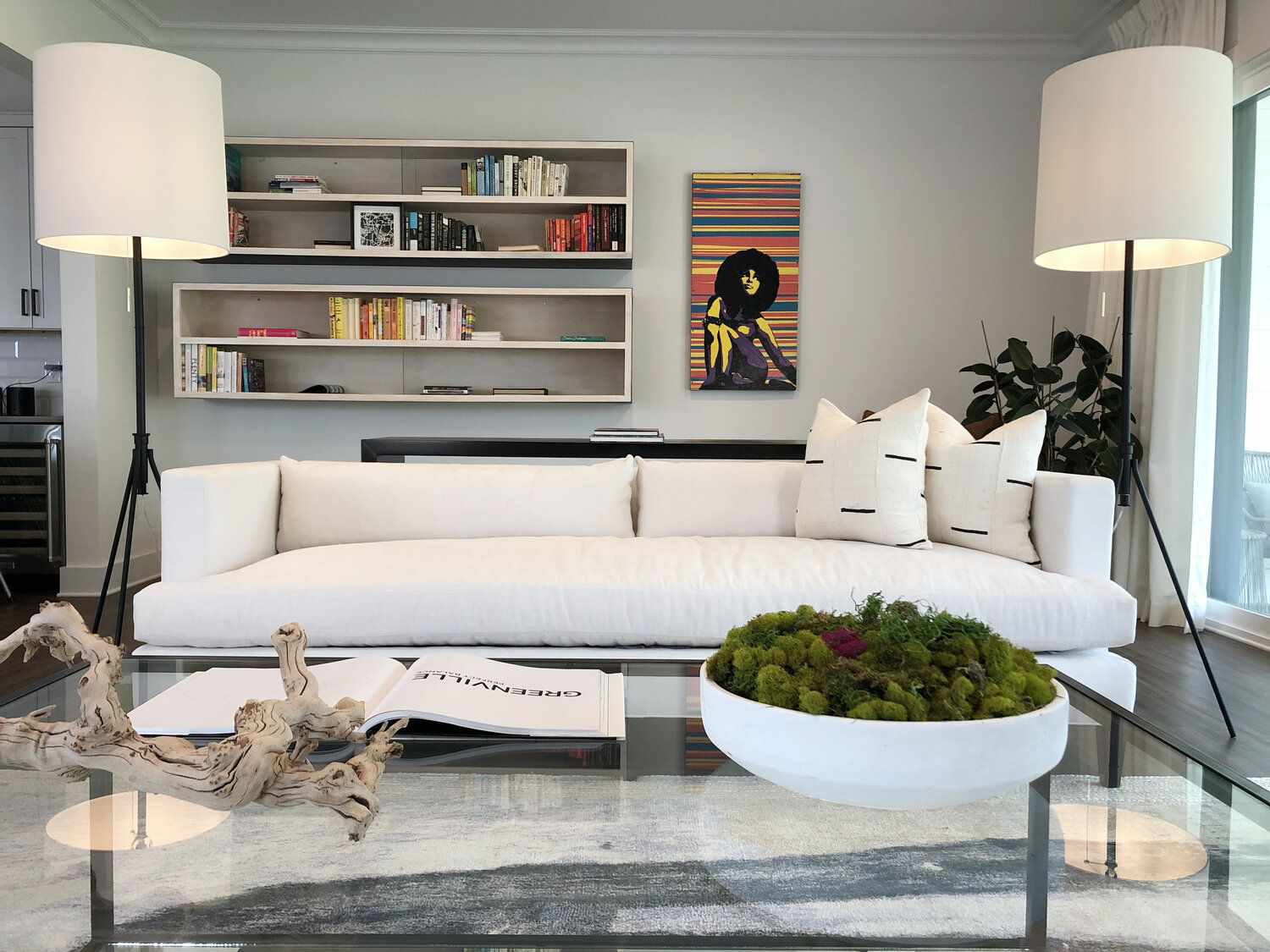
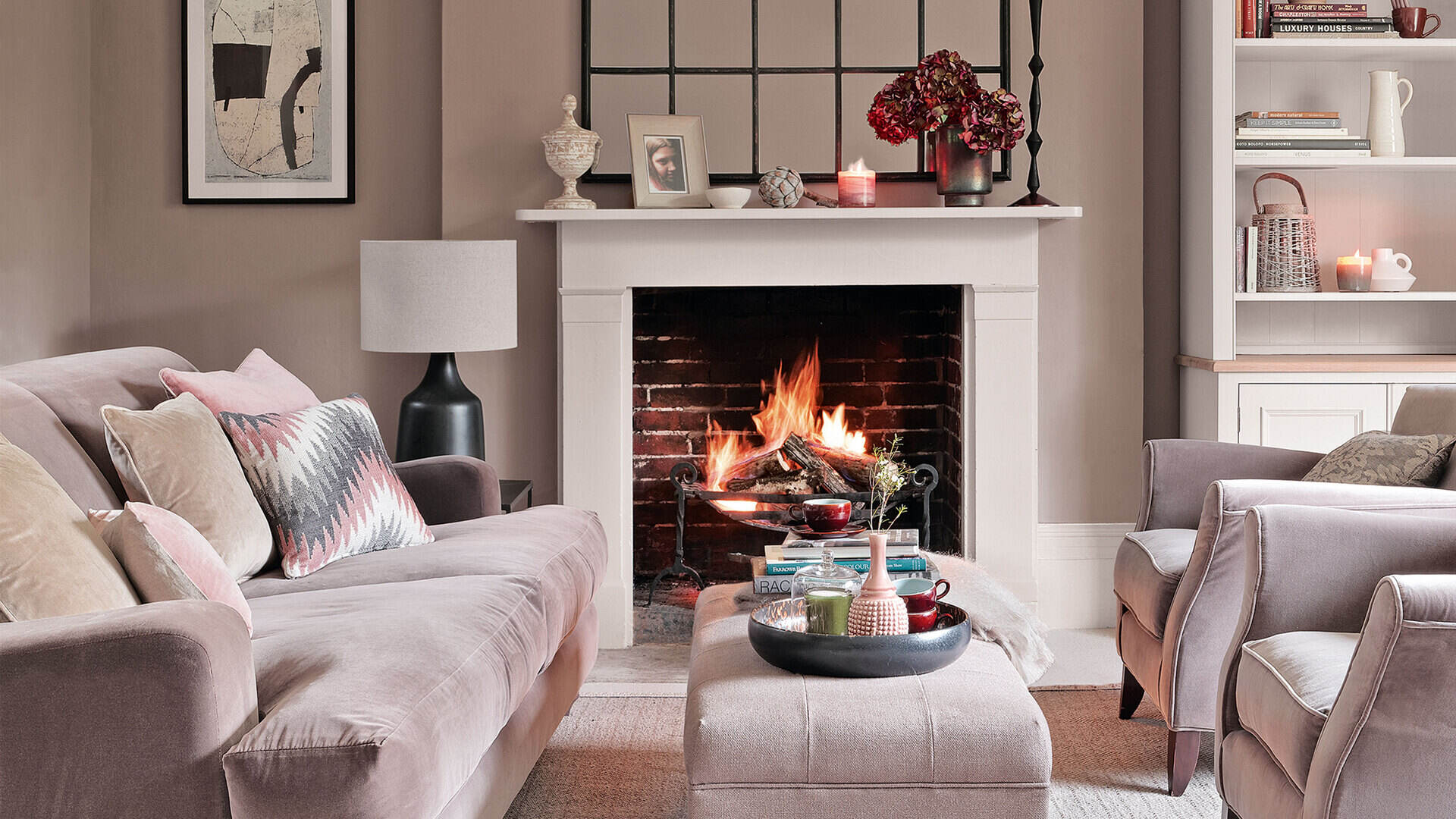
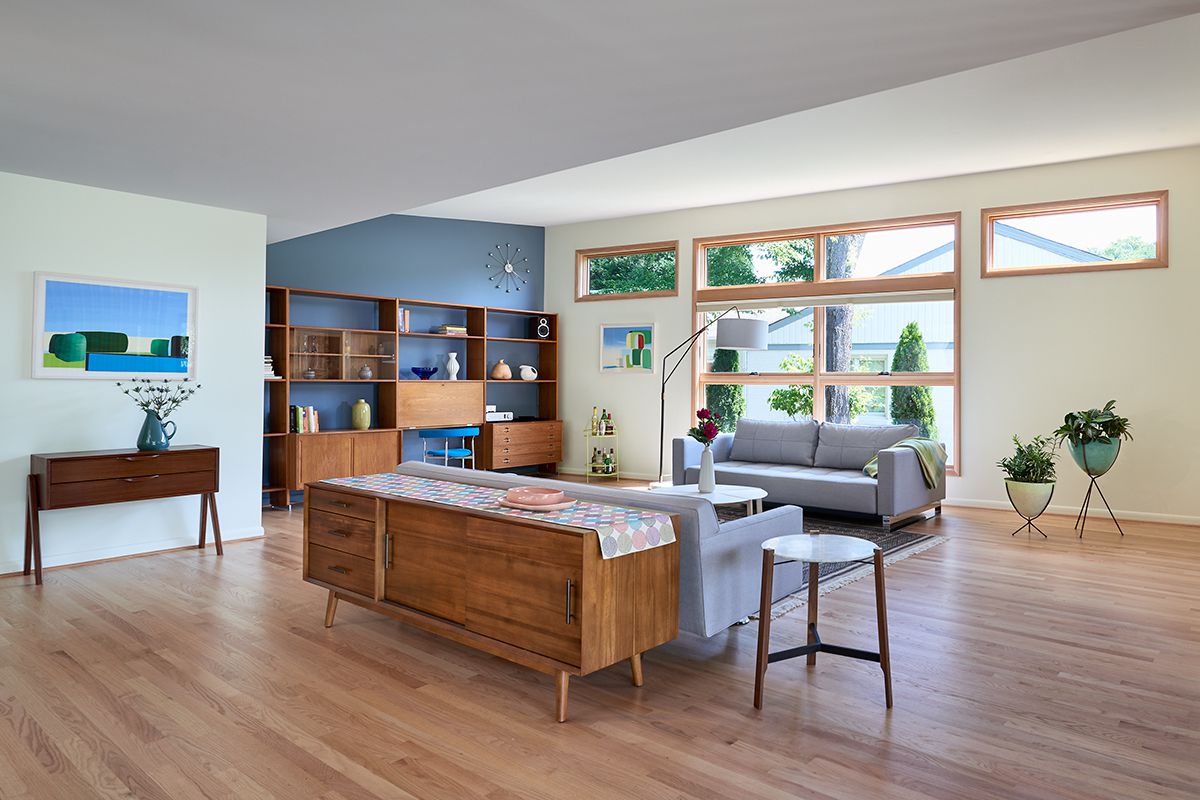
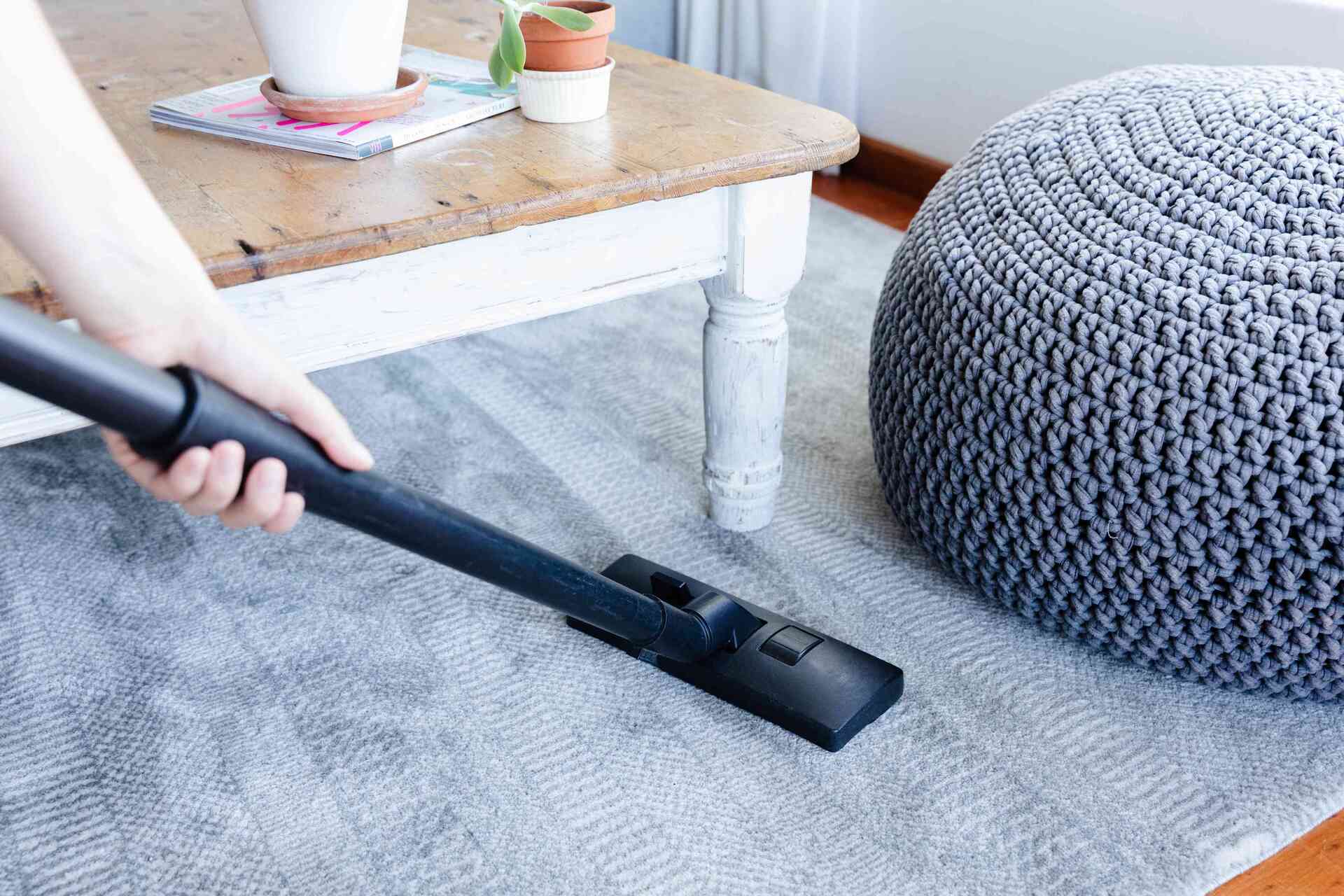
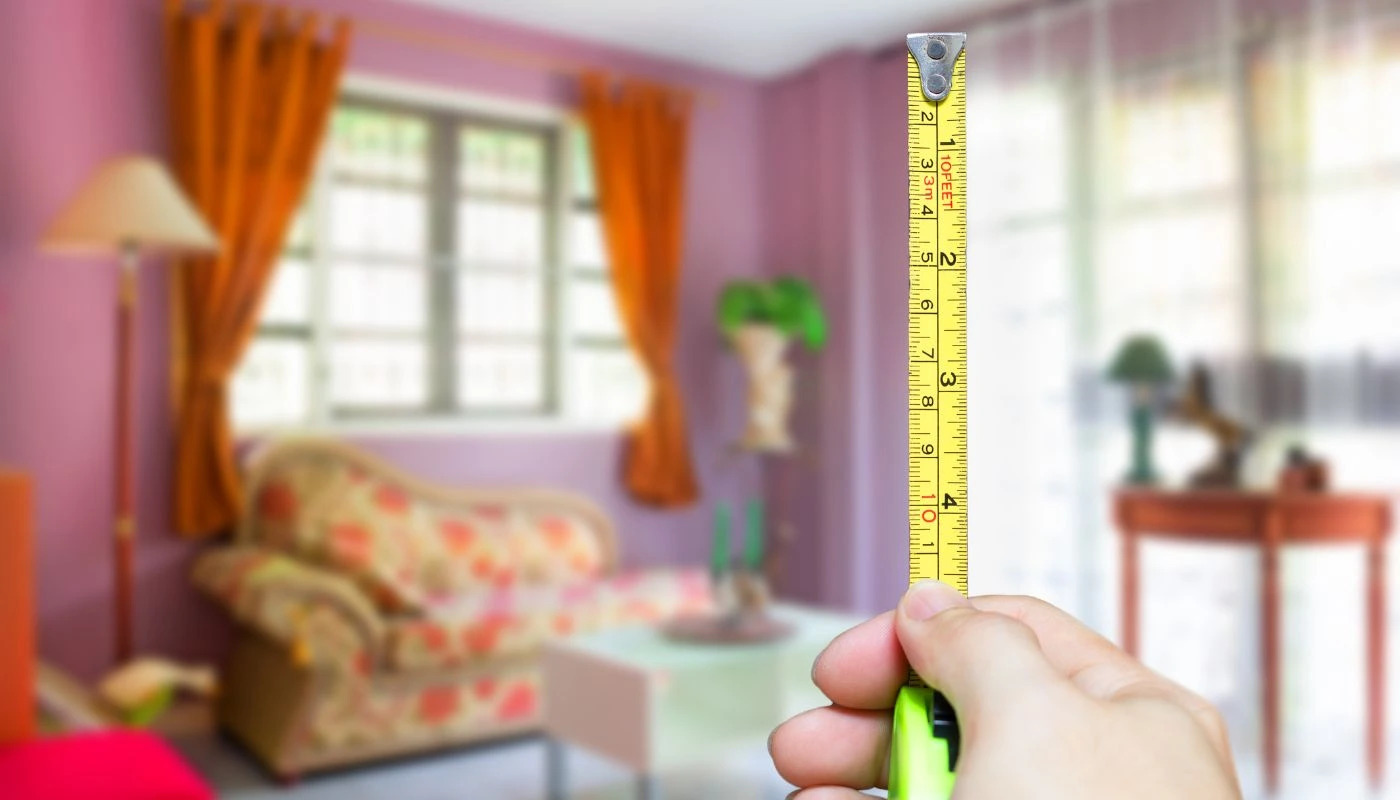

0 thoughts on “How Did George Washington Design The House He Lived In During Most Of His Presidency?”